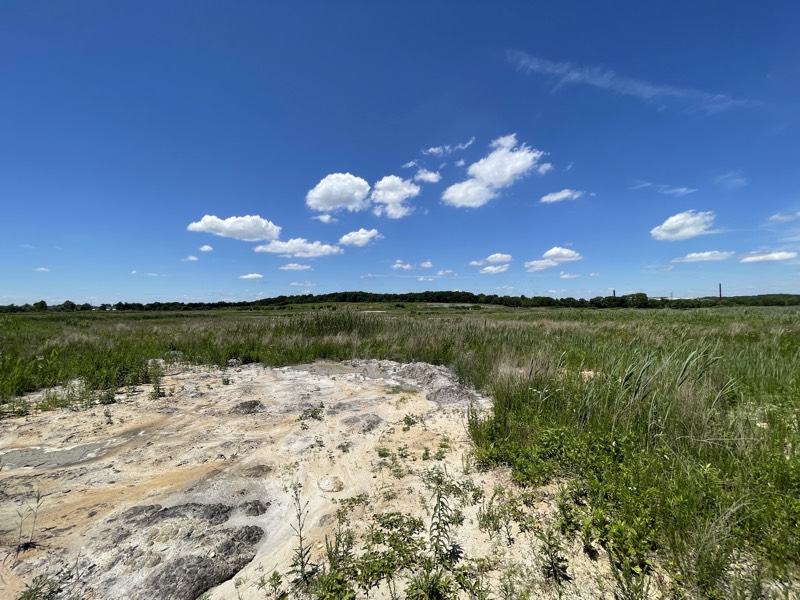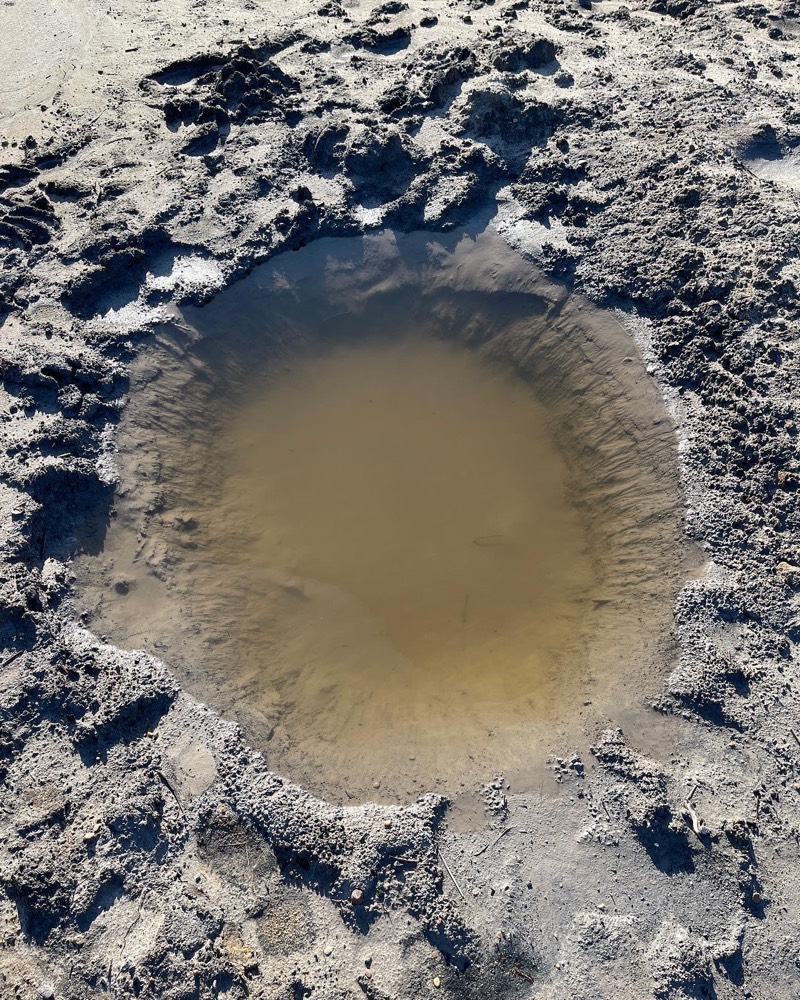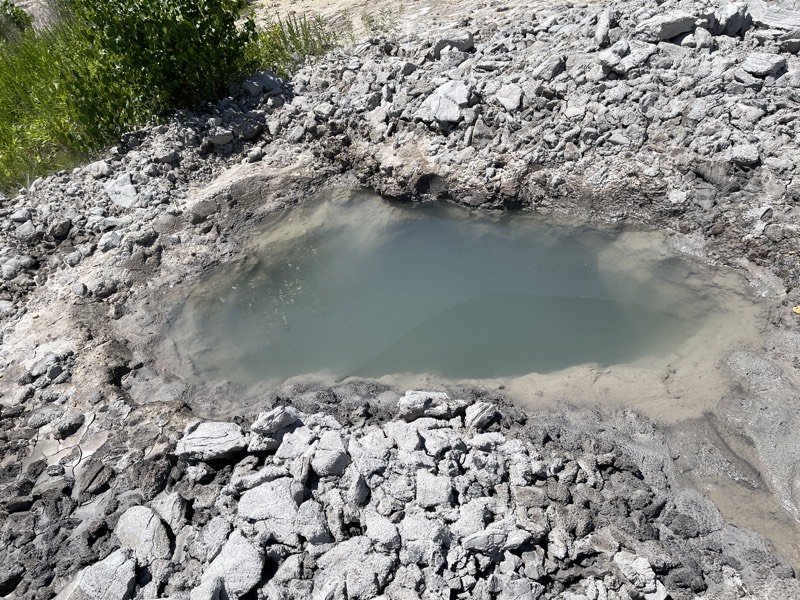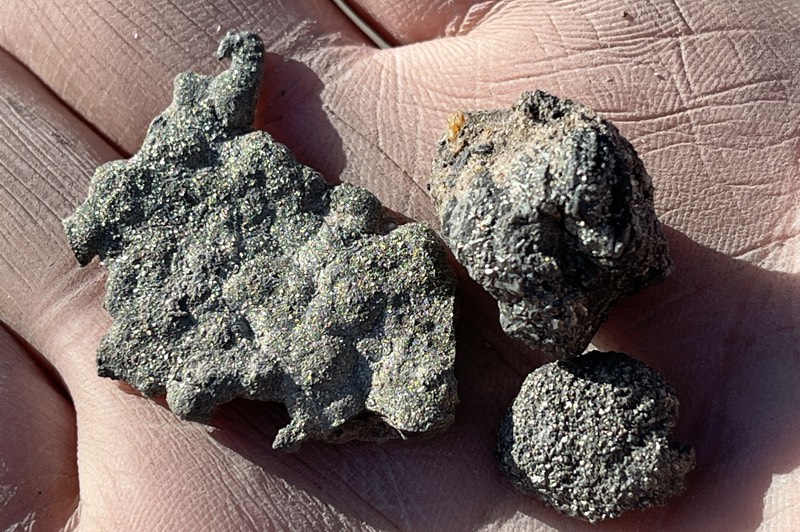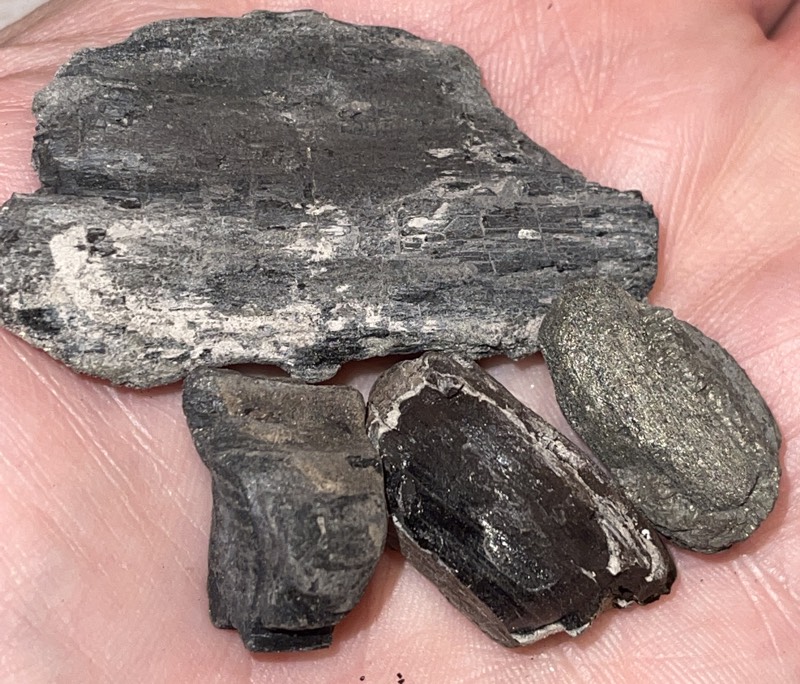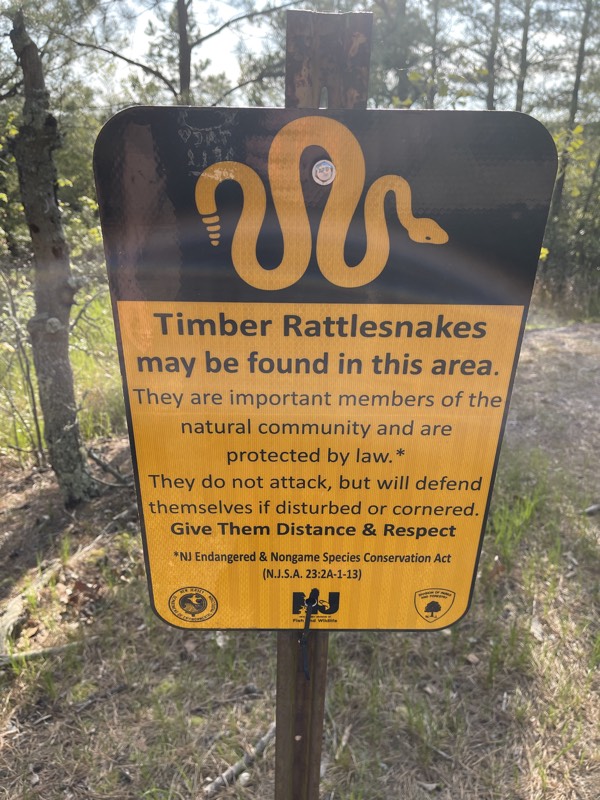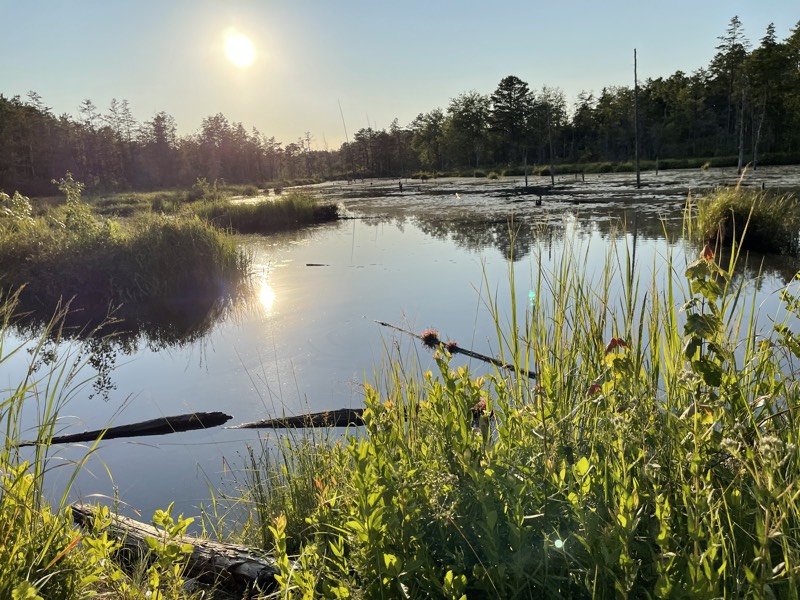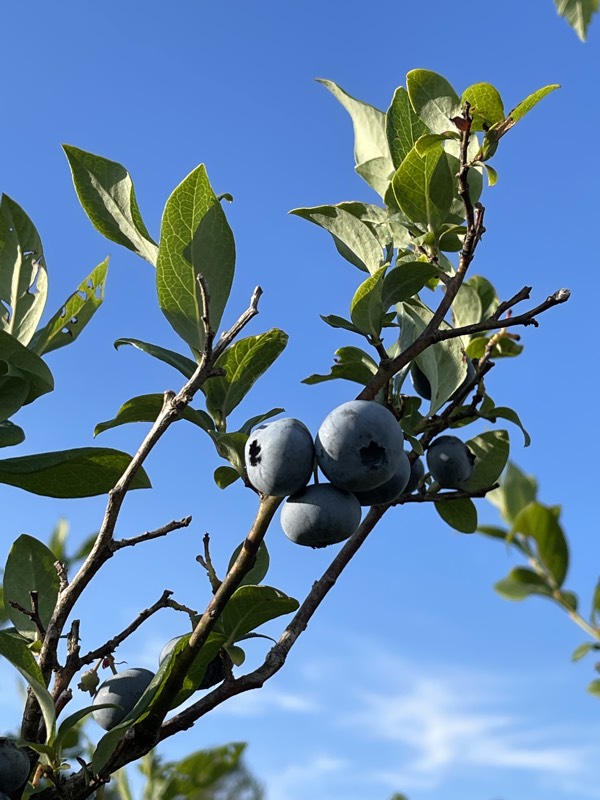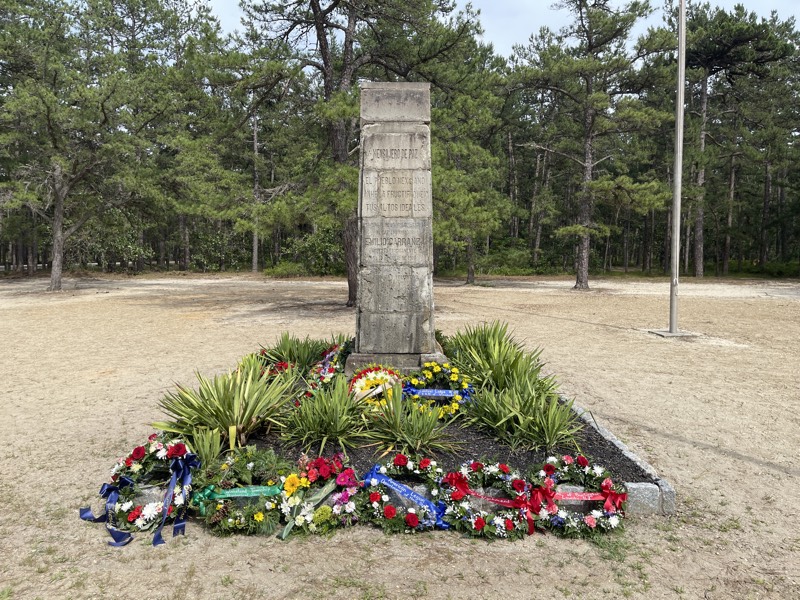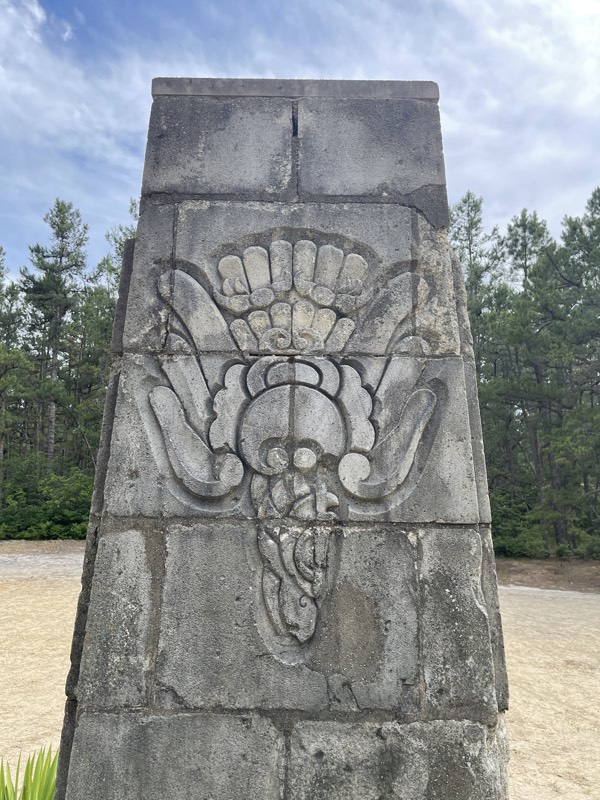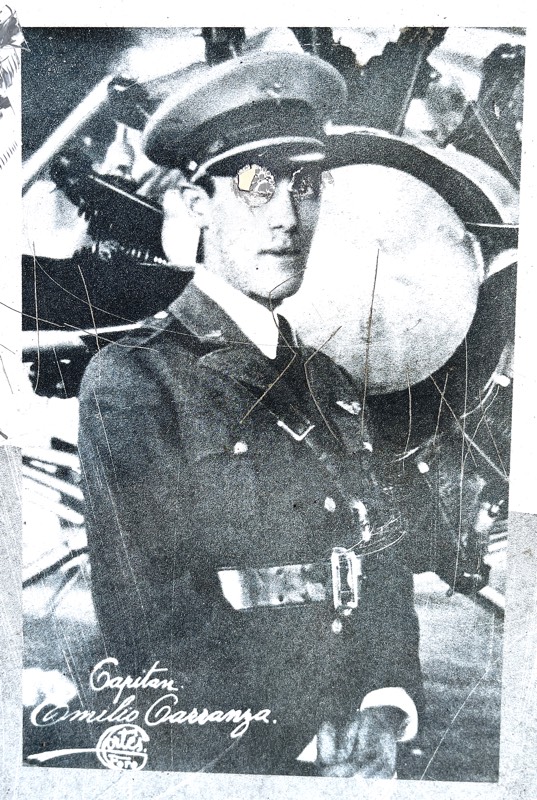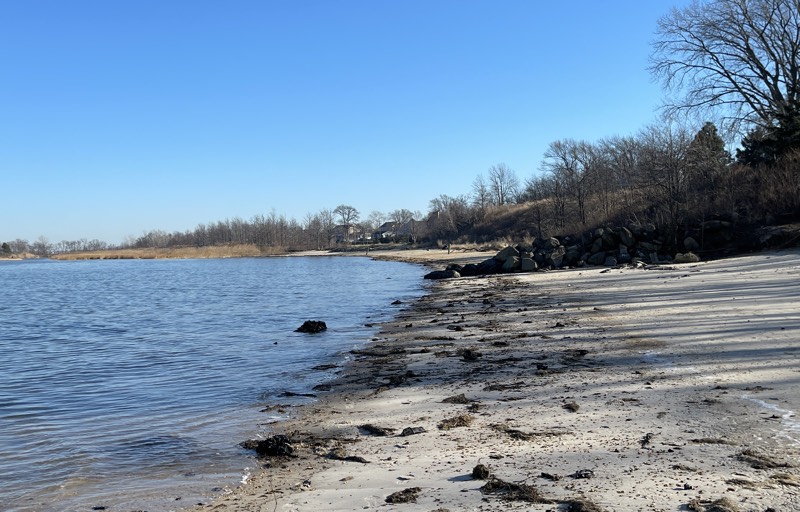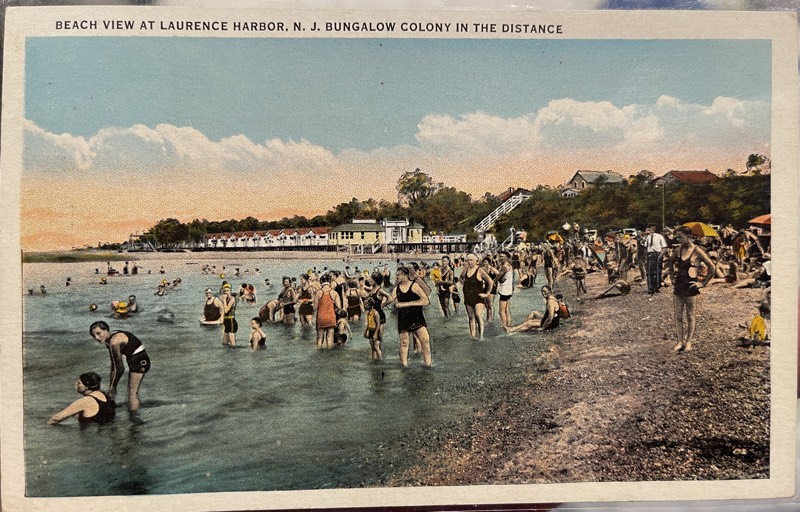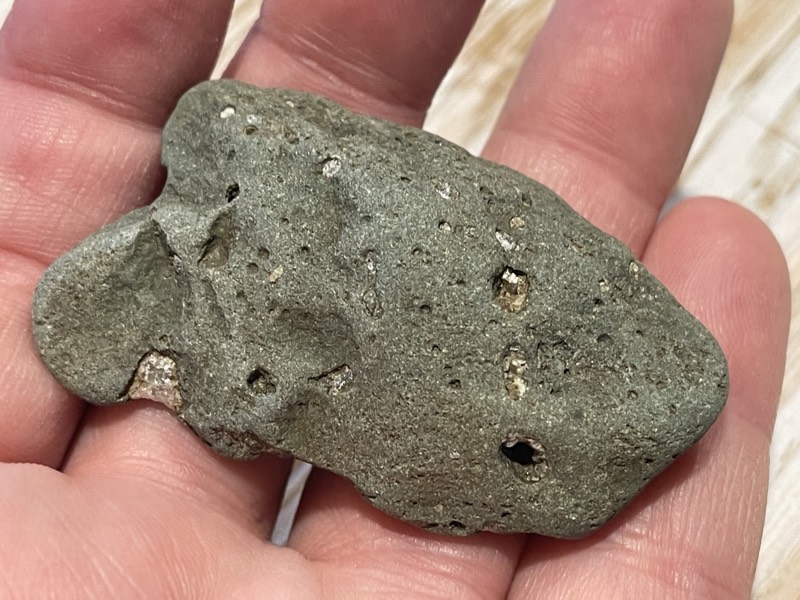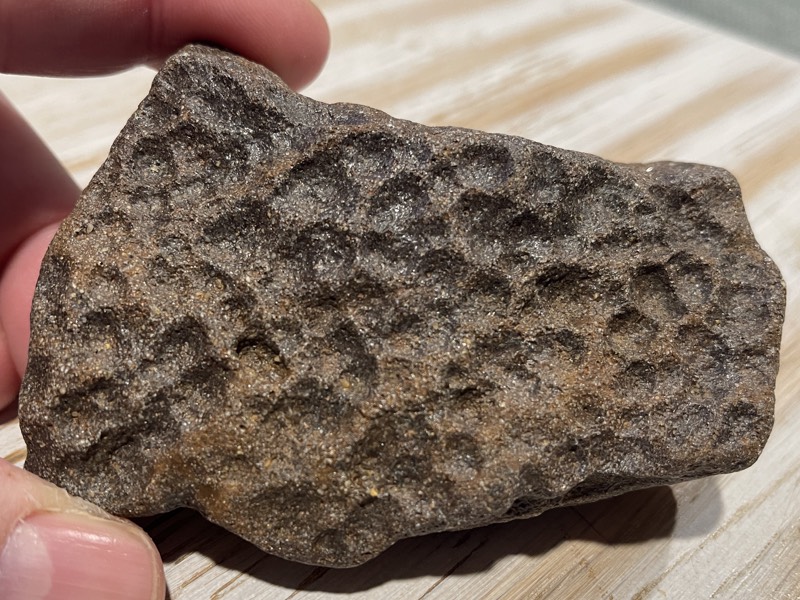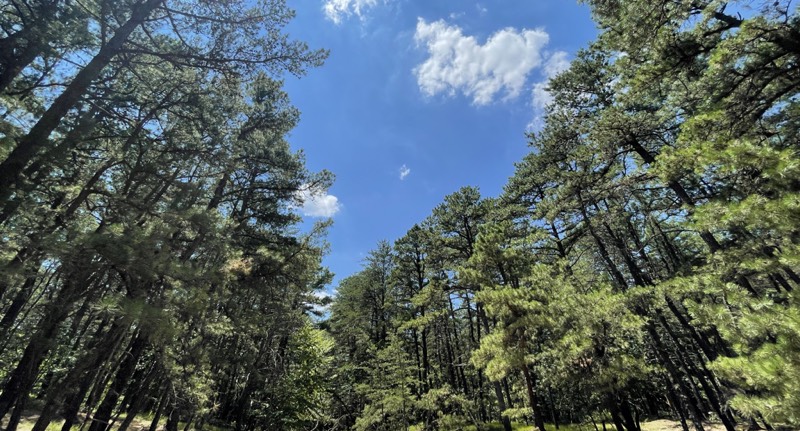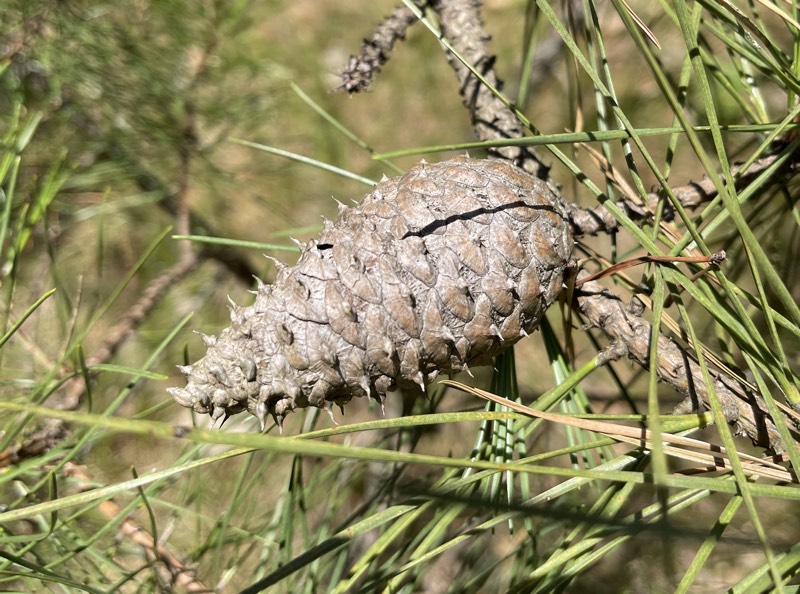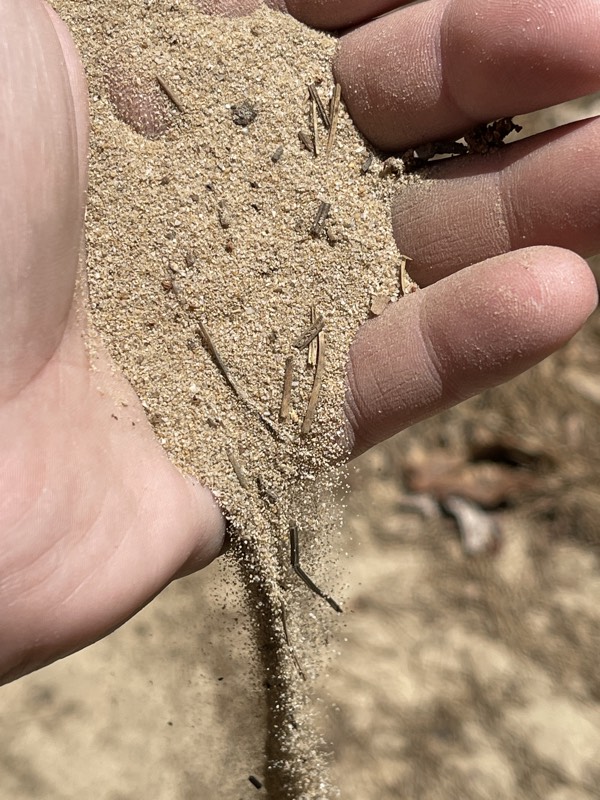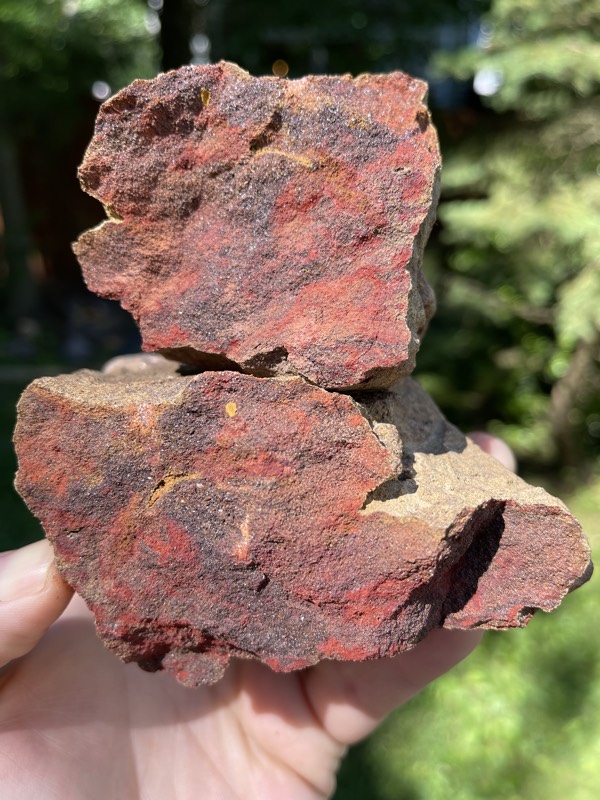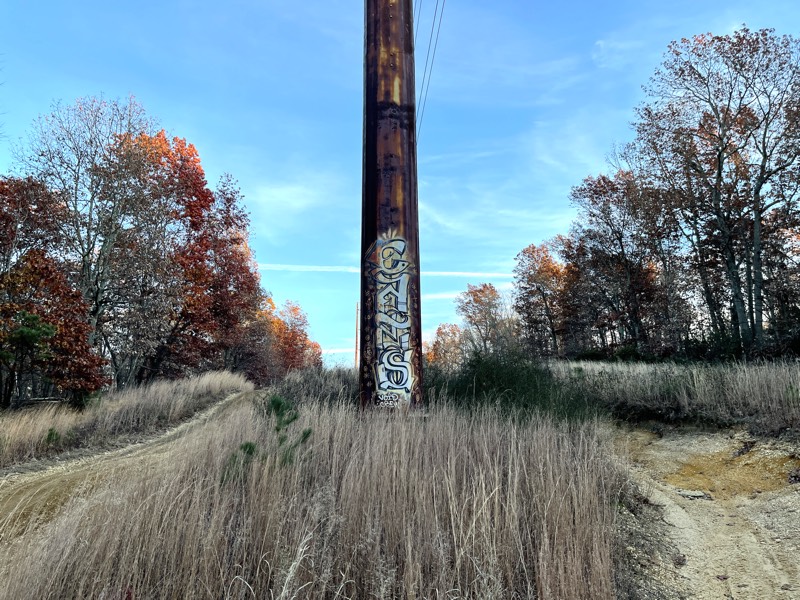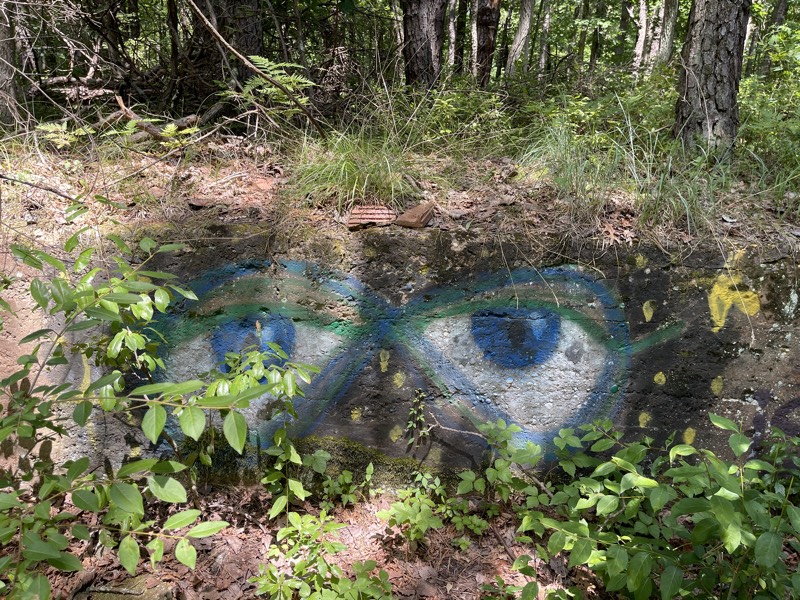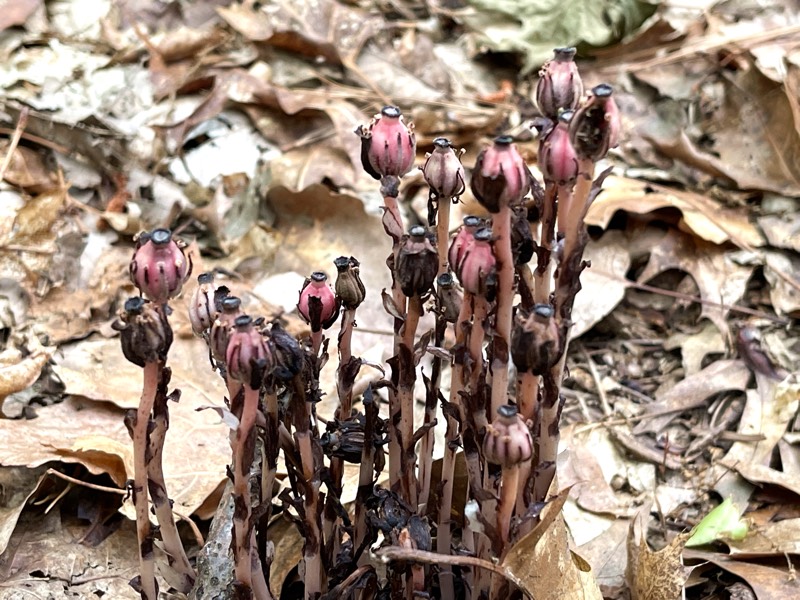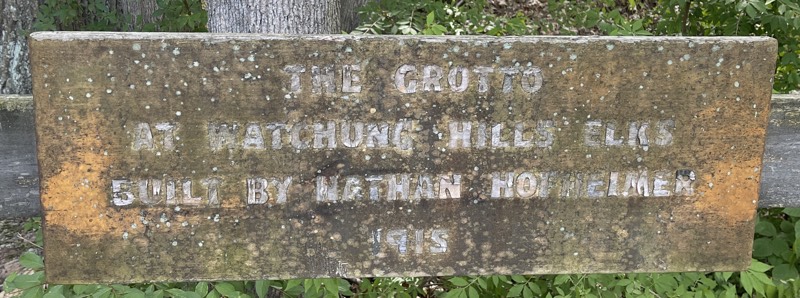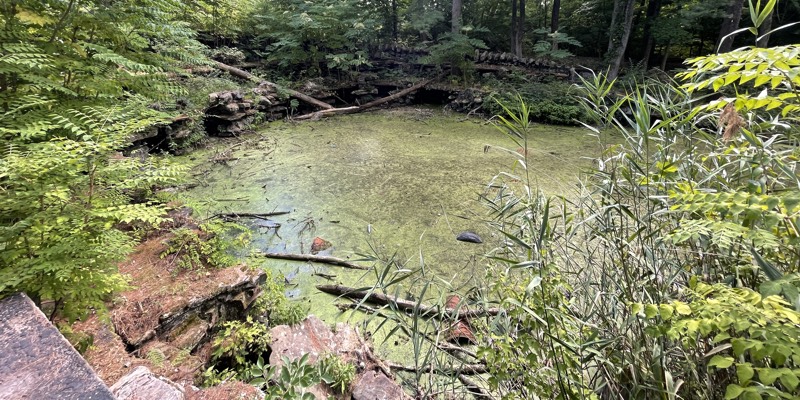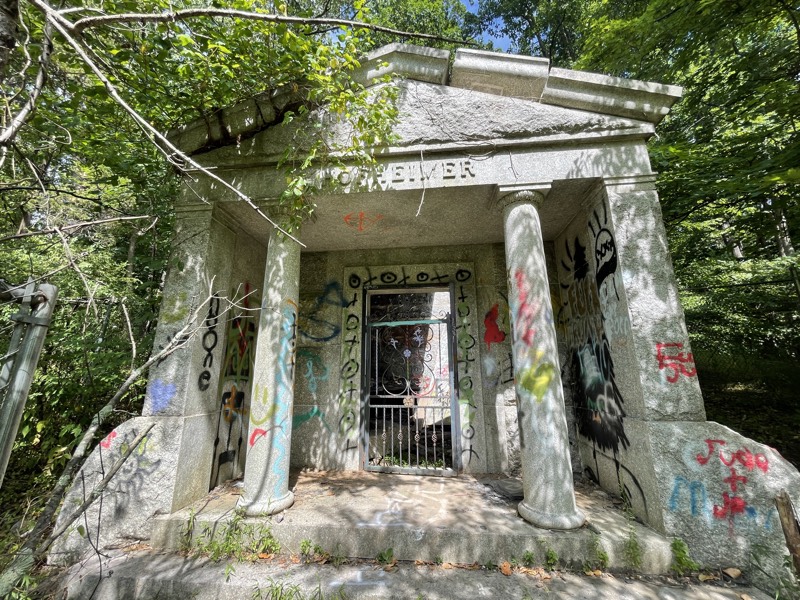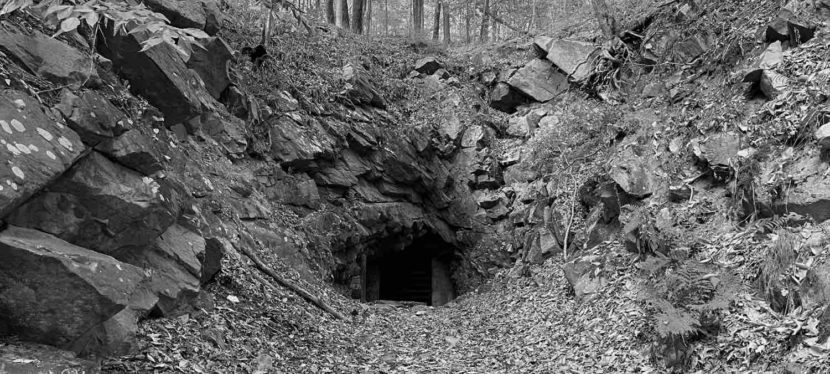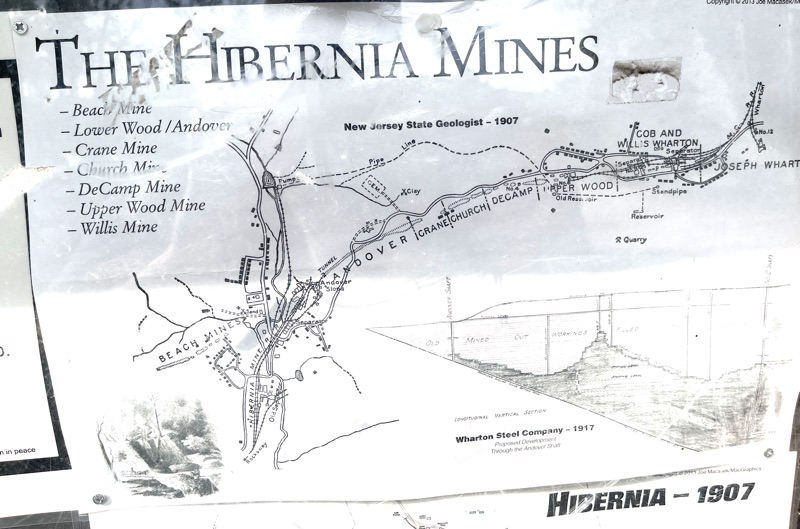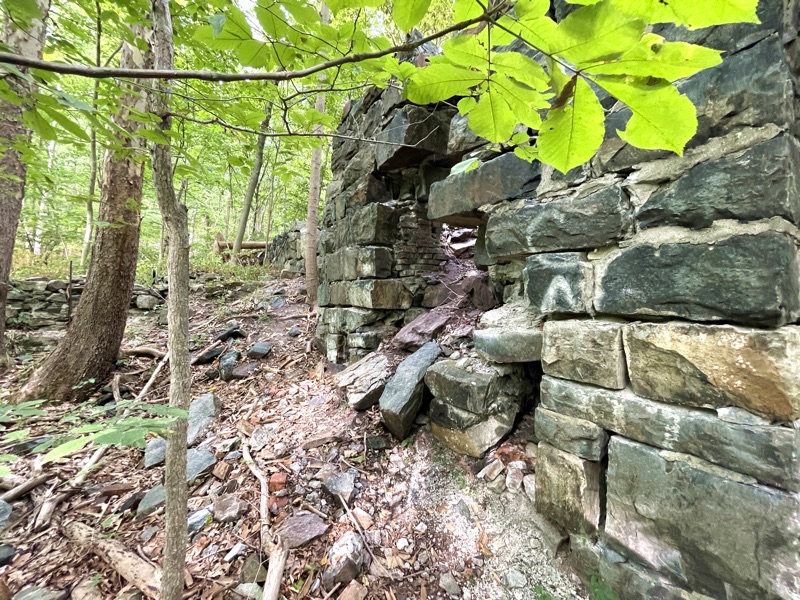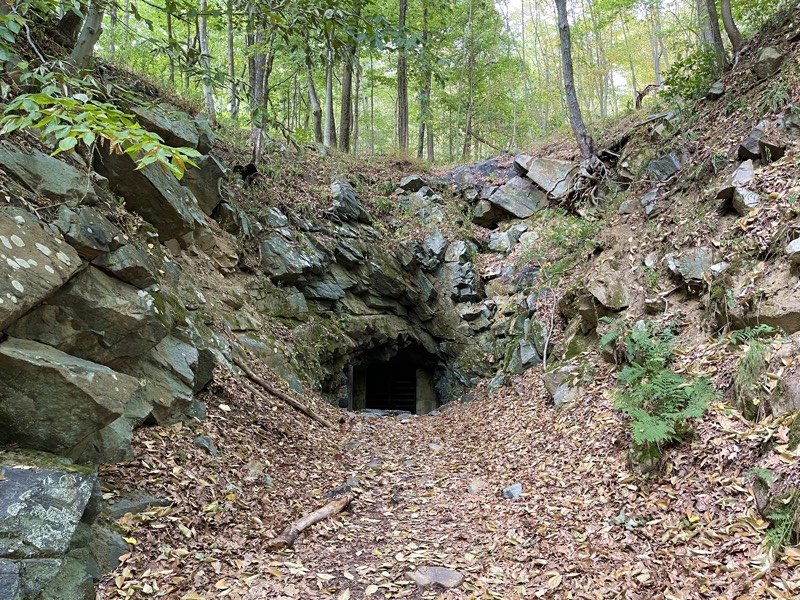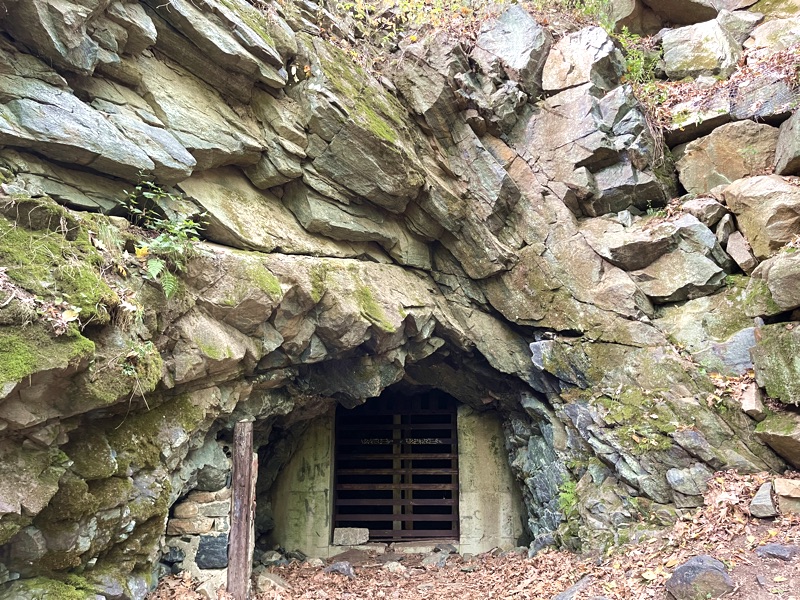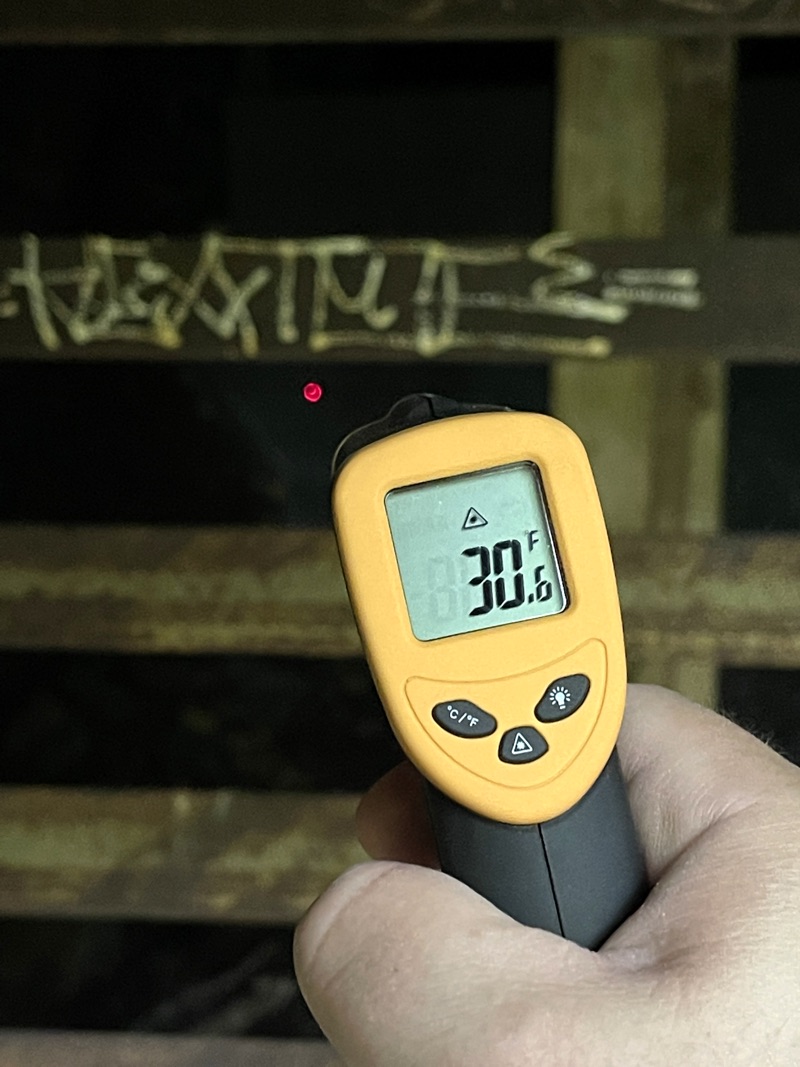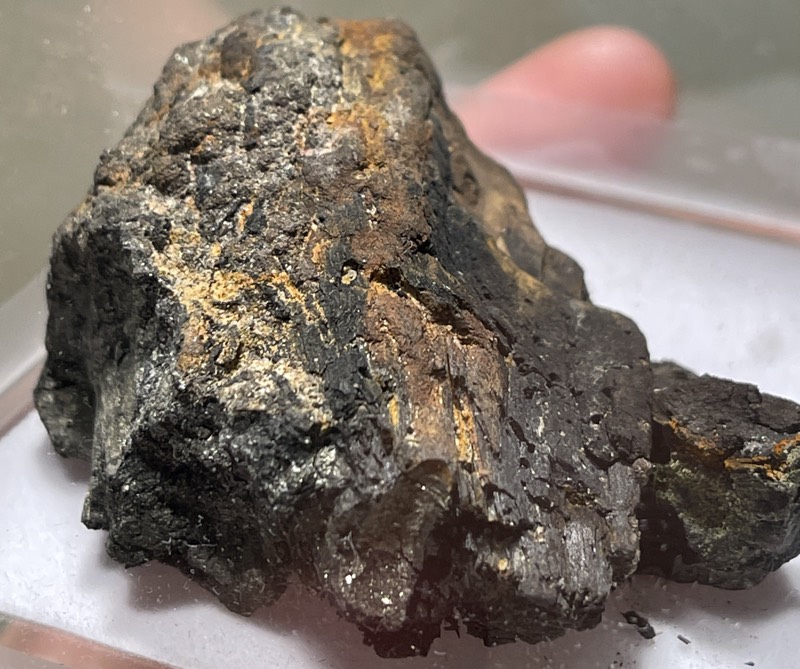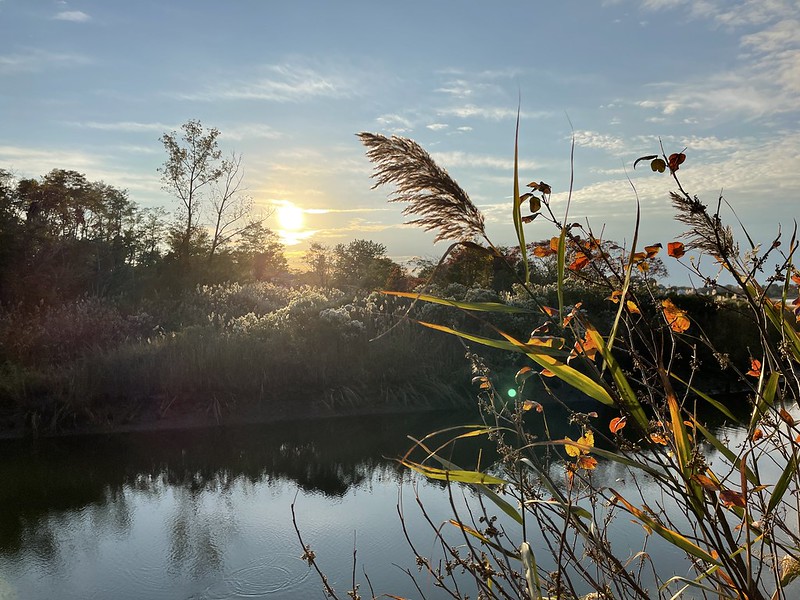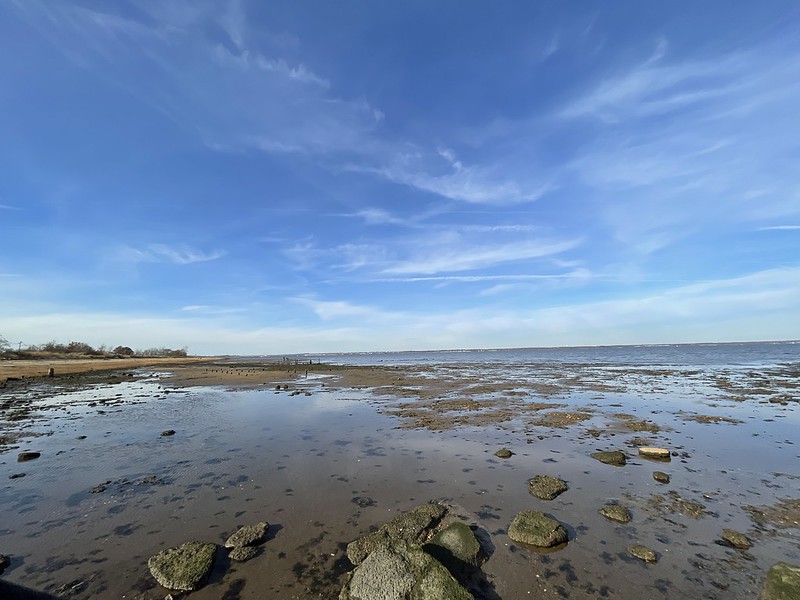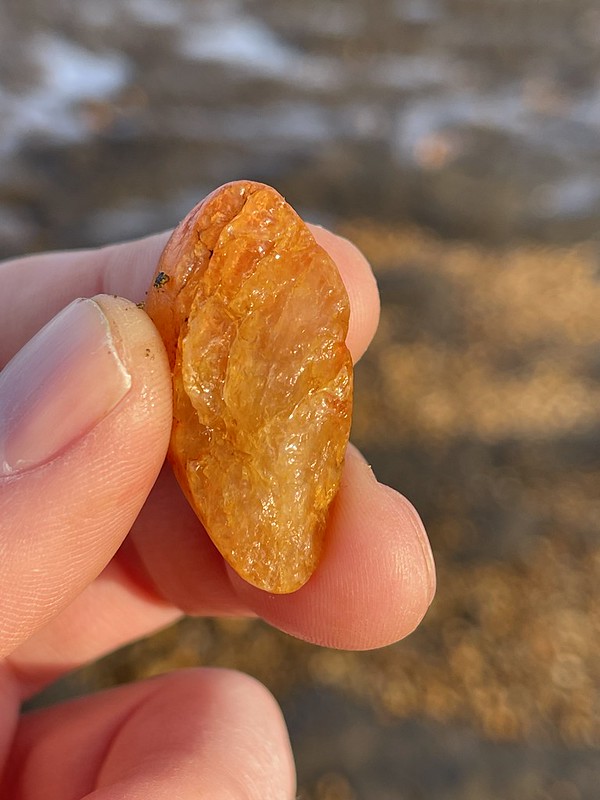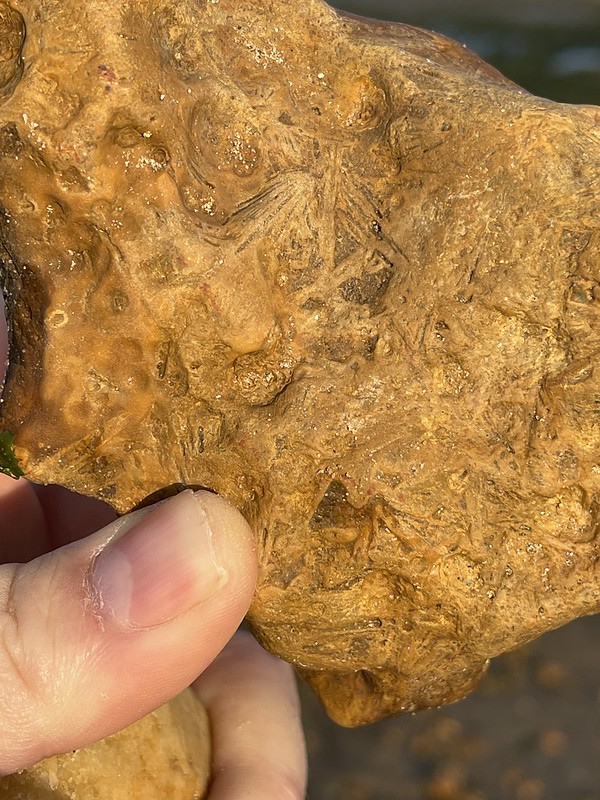The Lighthouse Challenge of New Jersey is the closest thing New Jersey has to the Cannonball Run. You have two days to visit 10 land-based lighthouses, 3 life-saving stations, and 1 museum. At each location, you collect a souvenir (postcards, pressed pennies). Collect all the souvenirs and you win. If you plan your trip well, you can do it in one day. If you take your time, tour each museum, and climb each lighthouse, you will need both days — in fact, you might not make it if you spend too much time enjoying each location.
Bring extra money for souvenirs and donations for each lighthouse. Most lighthouses feature collectible pins commemorating the location.
I took the Challenge in 2019 with my friend Cat, an expert tourist & photographer. We took breaks to take photos of New Jersey landmarks, like Wildwood’s neon signs, gleaming chrome diners, and oddities like the cement champagne bottle in New Gretna.
I think I could have completed 2022 in one day if I hit the first location at 9 am, instead of 1:50 pm. If you can find out when each location opens or closes, and you start at either Sandy Hook or Tinicum, you can make it. The hardest part is having to navigate tiny shore towns with 25mph roads, then drive back to a major highway, and then back into a tiny shore town. The Jersey Shore is like a fractal with seemingly infinite twists and turns to get around bays, rivers, inlets, swamps, and places where the road just stops.
The Lighthouse Challenge of New Jersey is worth taking, whether you just want to challenge yourself & our vehicle, you want to experience New Jersey shore history, or you just want to spend a few fun days with friends.
Tinicum Rear Range Light (Paulsboro):
I finished 2019 at this location and started there in 2022. This lighthouse is across the Delaware River from Philadelphia. It is worth climbing for the views of Philly and the surrounding industrial & shipping areas. It looks more like a cannon than a lighthouse.
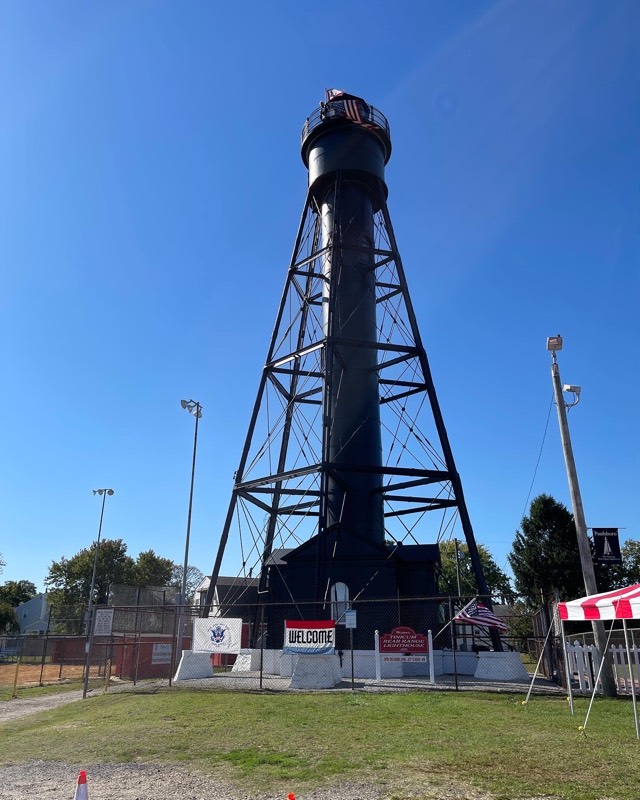
Finns Point Range Light (Pennsville):
This lighthouse is across the Delaware River from Wilmington, Delaware. Like Tinicum, it looks like a cannon or smokestack.
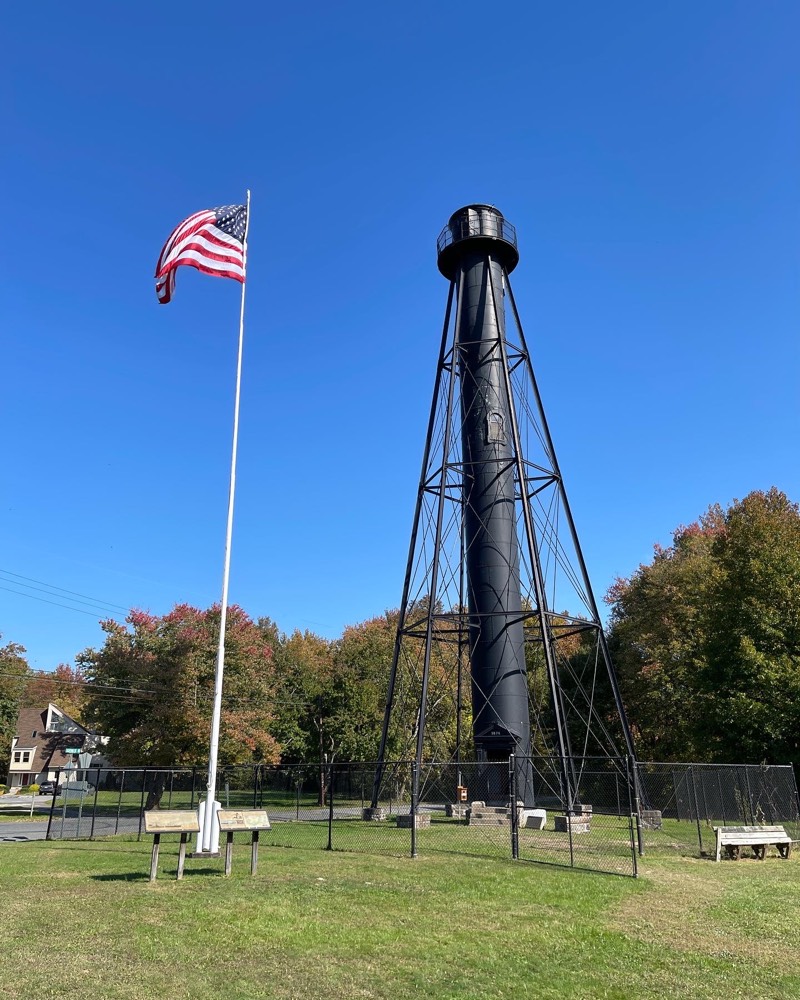
East Point Lighthouse (Heislerville):
East Point faces Delaware Bay with Cape May to its east. It’s relatively short for a lighthouse and is in danger of shore erosion. Maybe it should be lifted a story if the ground beneath it can support that. This location is the hardest to find parking.
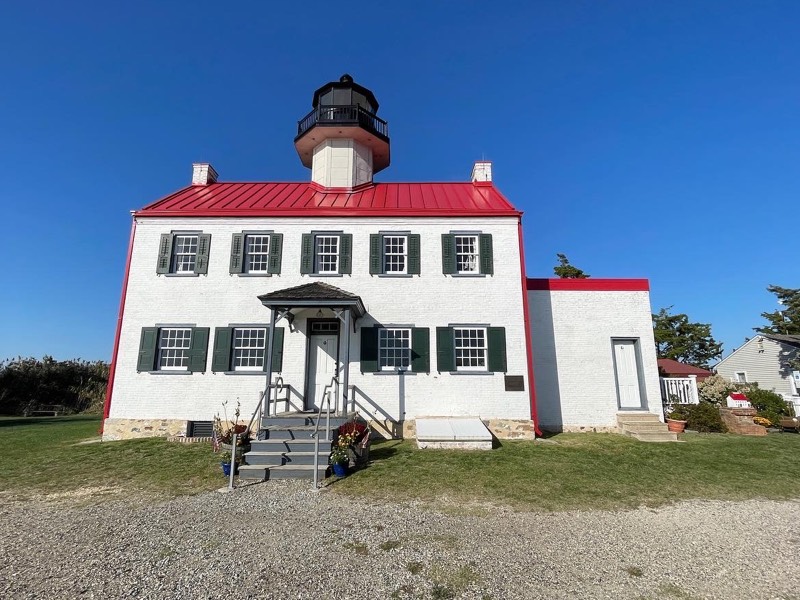
Cape May Lighthouse (Cape May):
One of the four (Cape May, Absecon, Barnegat, Sandy Hook) lighthouses that look like a classic lighthouse: tall, white with some color and a light at the top. This lighthouse is the toughest to get to because of the maze-like, 15mph local roads.
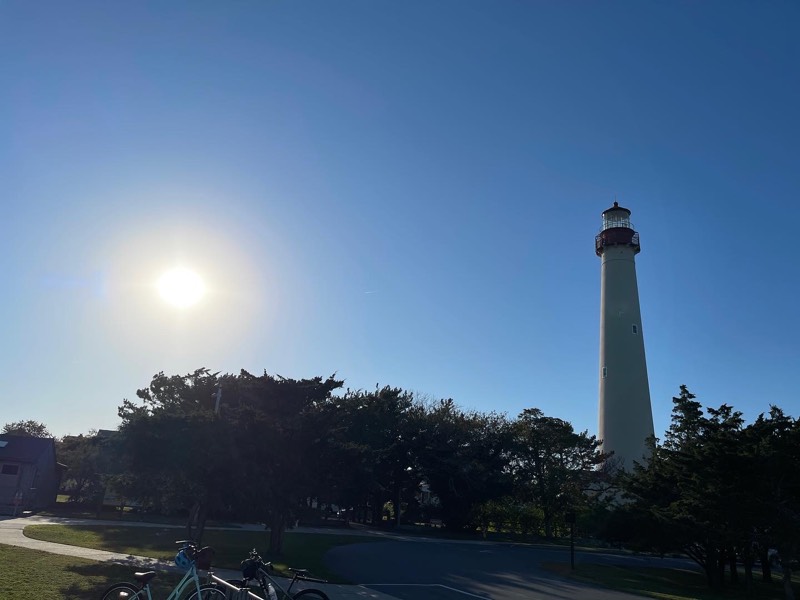
Tatham Lifesaving Station (Stone Harbor):
I ended day 2 of 2022 at this location. I spend an hour here checking out their lighthouse & war museum and historical murals painted by a guy named Thomas.
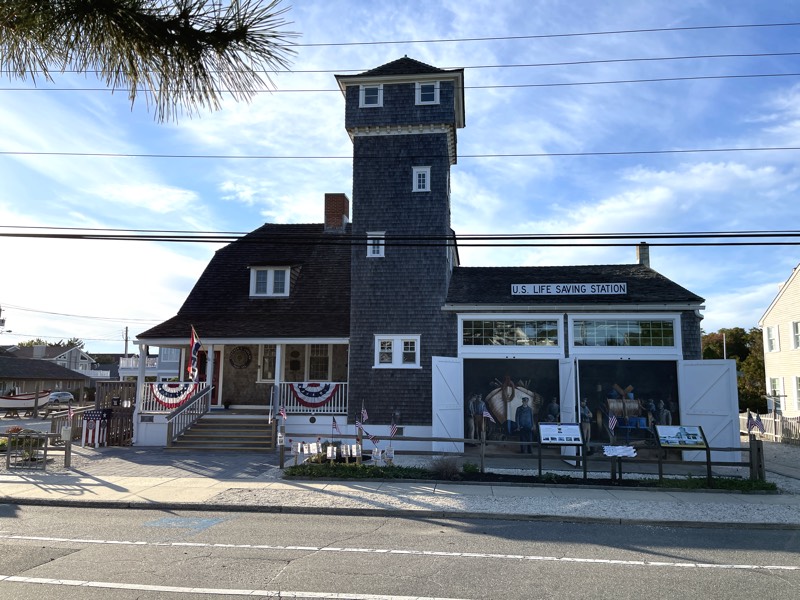
U.S. Lifesaving Station 30 (Ocean City):
I ended day 1 of 2022 at this location and then spent the rest of the day on the Ocean City boardwalk, which was still open. I got some of the saltwater taffy, thick-cut fries, and coconut macaroons that Ocean City is famous for. I should have gotten some pizza, but pizza is a gamble when you have a 2-hour drive home.
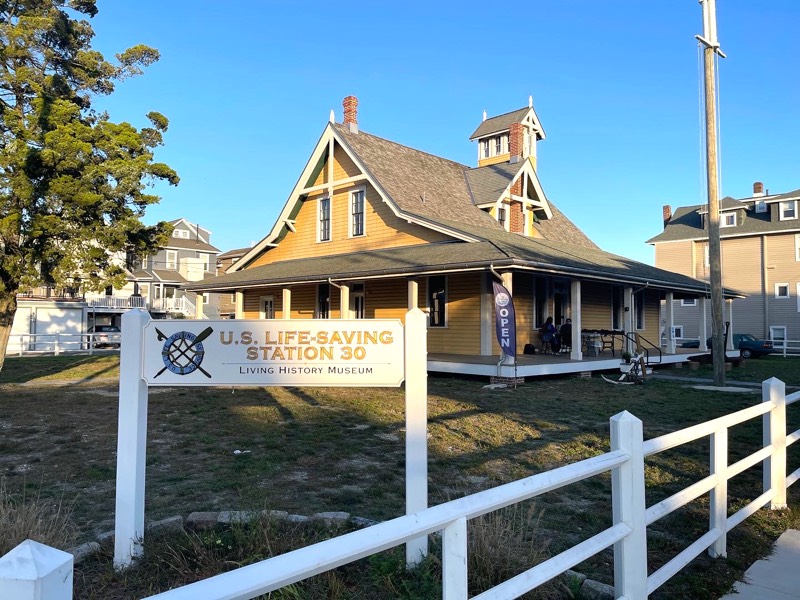
Absecon Lighthouse (Atlantic City):
A classic lighthouse.
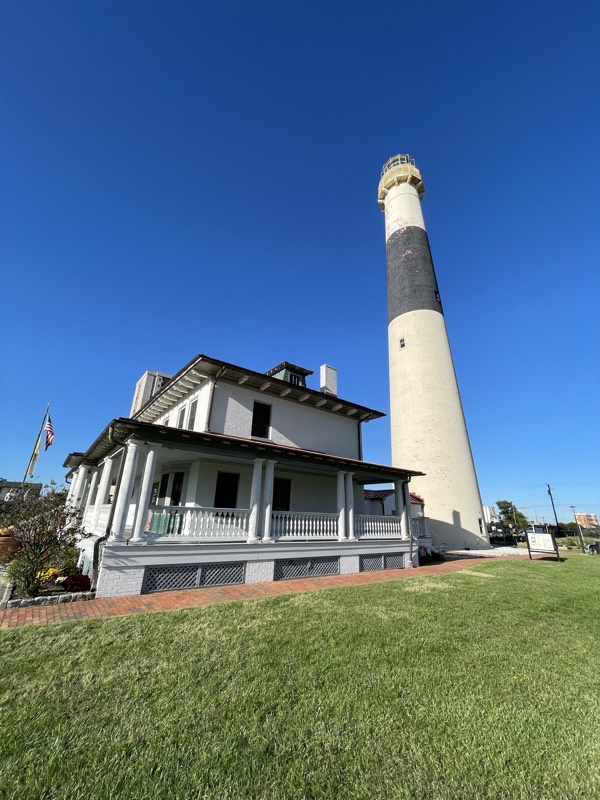
Tuckers Island Light (Long Beach):
This one, I believe, is a replica. It features a museum and a gift shop.
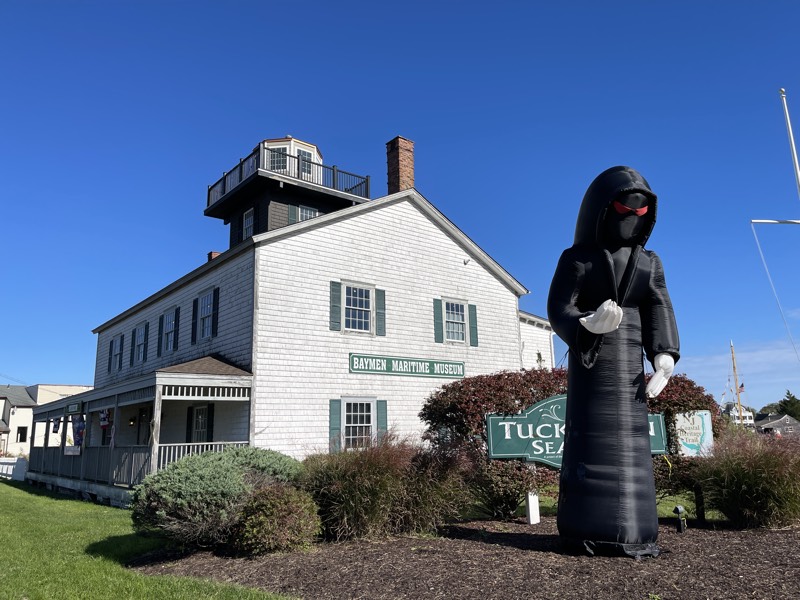
Barnegat Lighthouse (Barnegat):
Maybe the best-looking Lighthouse in New Jersey (arguably Sandy Hook is more interesting).

Barnegat Light Museum (Barnegat):
Look for the seagull note where it sits.

Squan Beach Lifesaving Station (Manasquan):
The antenna next door is impressive, as are the dedications on some of the benches surrounding the building. This one is a lifesaving station, which housed men and boats for saving people from shipwrecks.
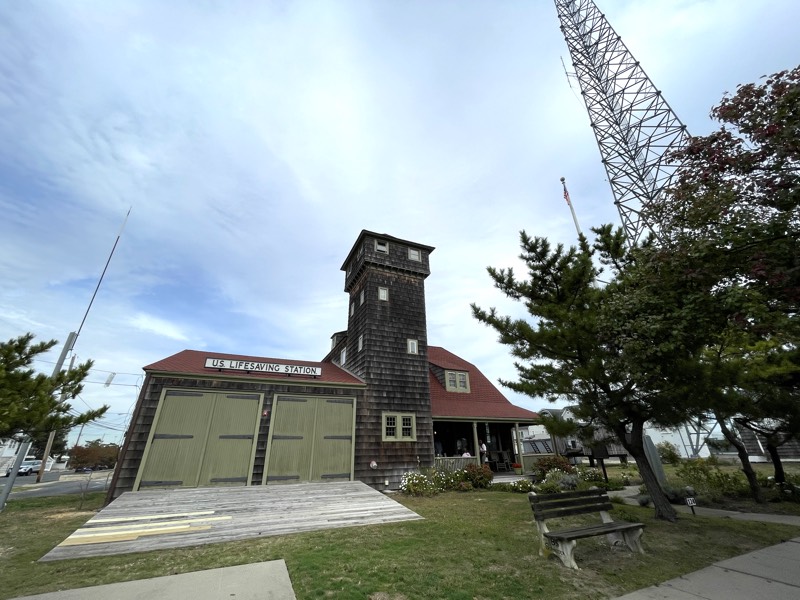
Sea Girt Lighthouse (Sea Girt):
Another of the short lighthouses.
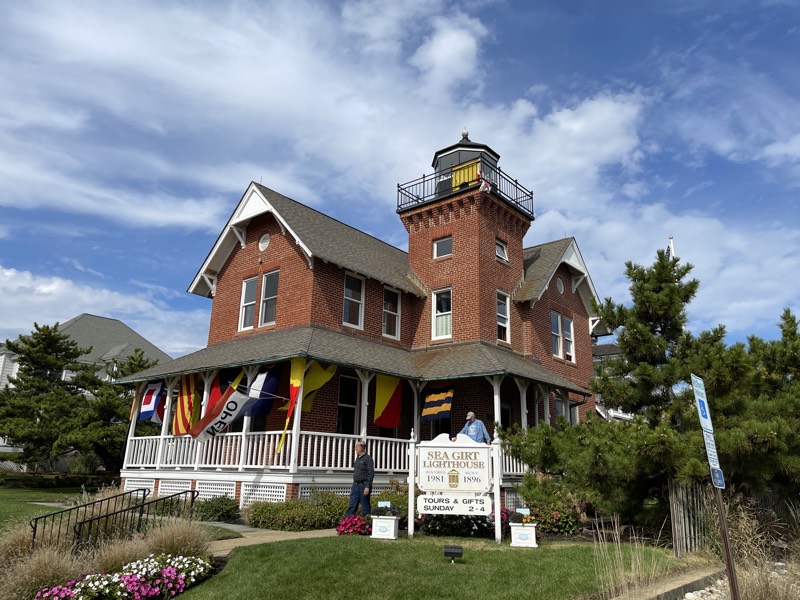
Navesink Twin Lights (Highlands):
This one is impressive in form and worth climbing for the view of Sandy Hook & Sea Bright. It looks like a military fortress. It is difficult to get a nice photo featuring both towers in the same photo. Parking is limited and the winding drive up to the lighthouses is a single-lane road.
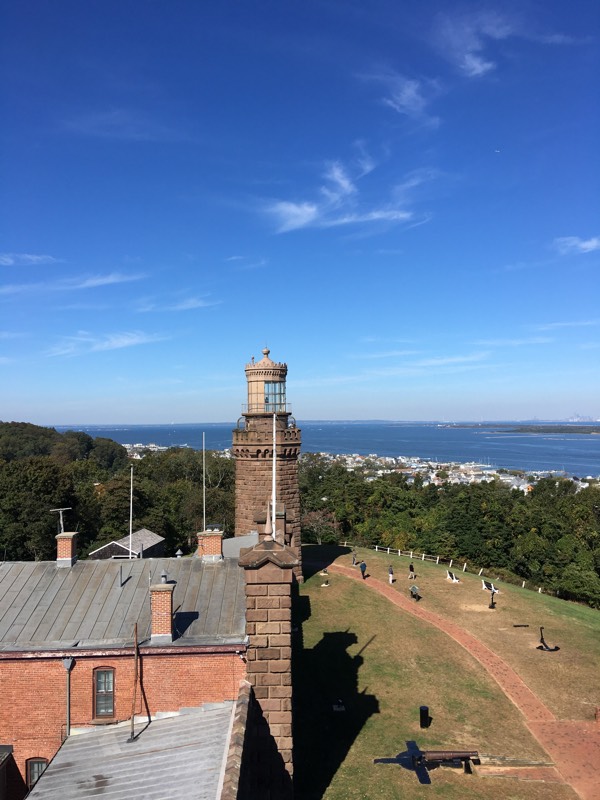
Sandy Hook Lighthouse (Highlands):
I started 2019 here. I think its shape makes the Sandy Hook Lighthouse the most interesting lighthouse in New Jersey. The entire Sandy Hook park is a former military area with forts, cannons, and missile launch pads. It’s worth visiting during the spring and summer.

